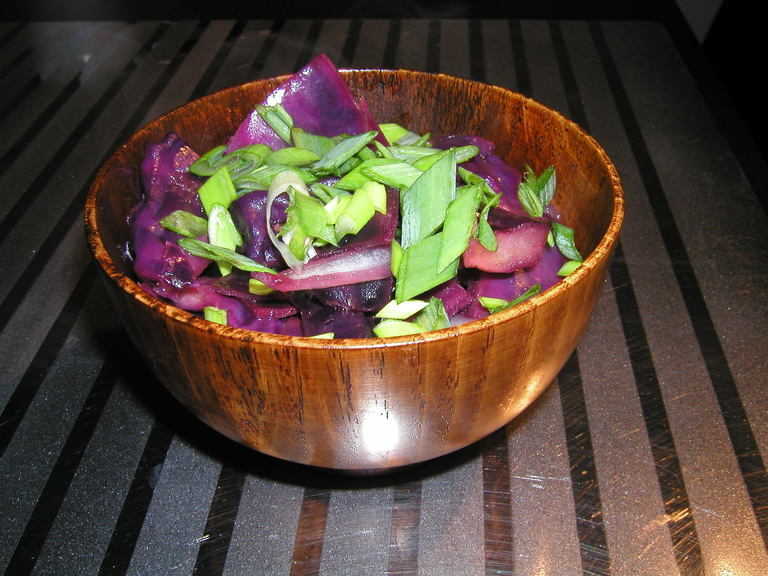What is a Keto Diet?
As we begin a new year many of us will be setting personal goals to lose weight and improve our fitness. One diet that is gaining popularity is the keto diet: a low-carb diet that burns fat quickly. If you are asking yourself, “what is a keto diet?” then this handy introduction will help you on your way.
Keto Diet 101
A ketogenic diet, keto for short, is a very low-carb diet that works to fuel molecules in the body called ketones. Ketones are used to fuel the body when there is a low supply of blood sugar in the body. Ketones are produced when the body receives a very low number of carbs and just a small amount of protein.
Ketones are produced in the liver from fat and provide energy for your entire body, especially the brain. As the body cannot rely on fat alone, it needs glucose or ketones to help fuel it. When we follow a ketogenic diet, we rely on our body to constantly burn fat, as low carbs mean low insulin levels.
If you follow a keto diet you will not only lose weight, but will also feel less hungry, and have a regular flow of energy rather than experiencing the ups and down of sugar rushes. Research into the keto diet has also shown that it can reduce inflammation, and that it was originally used to reduce epileptic fits in children.
Recognizing a Ketogenic State
The quickest way to enter a ketogenic state, also known as ketosis, is to starve yourself. However, this is unrealistic for long periods of time, and is also unhealthy. Therefore, a diet low in carbohydrates will allow you to safely burn fat quickly.
You can buy urine sticks and blood monitors so that you can check and see whether your body is in a ketogenic state. If you do not buy any tools to check if you are ketogenic, you can watch for the following symptoms:
- Feeling less hungry: This happens because your hunger hormones are suppressed.
- You begin to lose weight: This is due to consuming less carbs.
- You have ‘keto breath’: You may experience a metallic taste in your mouth.
- You experience flu-like symptoms: You may become lightheaded and feel chilly at first.
Is a Keto Diet Safe?
If you are fit and healthy then there is no reason why you shouldn’t follow a low-carb diet. If, however, you have a medical condition then you should consult with your doctor for advice first.
A keto diet is not suitable if you have diabetes, if you have high blood pressure, or if you are breastfeeding. There is some controversy surrounding this diet, which is why you need to follow it carefully and only with full medical advice if you are unsure about the diet.
Low-Carb Keto Diet Plan
Following a healthy low carb diet for weight loss is easier than you might think. The key, as with many diets, is following it properly and preparing in advance. On a keto diet your daily calorie intake should consist of 75 percent fats, 20 percent protein, and 5 percent carbs.
Many people on the keto diet eat less than 50 grams of carbs, but this will vary depending on your age and size. The fewer the carbs you consume the quicker you will enter ketosis and lose weight, but you should not go under 20 grams. There are calendars that work out how many carbs you should be eating to successfully follow a keto diet.
When you begin a keto diet for the first time you will need to count the number of carbs you are eating until you get in to the habit of knowing what you can and can’t eat. Before you know it, you’ll have a few tried and tested recipes.
Fish, seafood, eggs, meat, cheese, and vegetables that are grown above ground are the lowest in carbohydrates. Black tea, coffee, and water are the best drinks to consume while on this diet, and if you do want to consume alcohol a small glass of wine is better than beer.
To avoid eating too many carbs you should stay away from foods such as rice, potatoes, bread, and fruit. As a general rule, processed foods and foods that are high in sugar are a no-no when it comes to the keto diet, as they would be on many diets designed to shed weight or reverse type 2 diabetes.
The Best Sources of Fat for Keto Diets
As well as improving the taste if some food, good fats and oils are beneficial and recommended while on a keto diet. The best fats to eat when on a keto diet are olive oil, coconut oil, and butter, as they are all low in carbs.
One of the key benefits of the keto diet for many people is that they can embrace fats, rather than avoiding them. Eating foods that are high in fat and low in carbs is a good way to fill a gap when you are hungry, which is something you are not likely to have considered before discovering this diet.
To get yourself started on the keto diet you should familiarize yourself with the number of carbs in various foods and begin to write a shopping list of key low-carb ingredients. Once you have a shopping list you can create your own diet plan, or look for premade plans online that will help you get started on your new diet regime.

